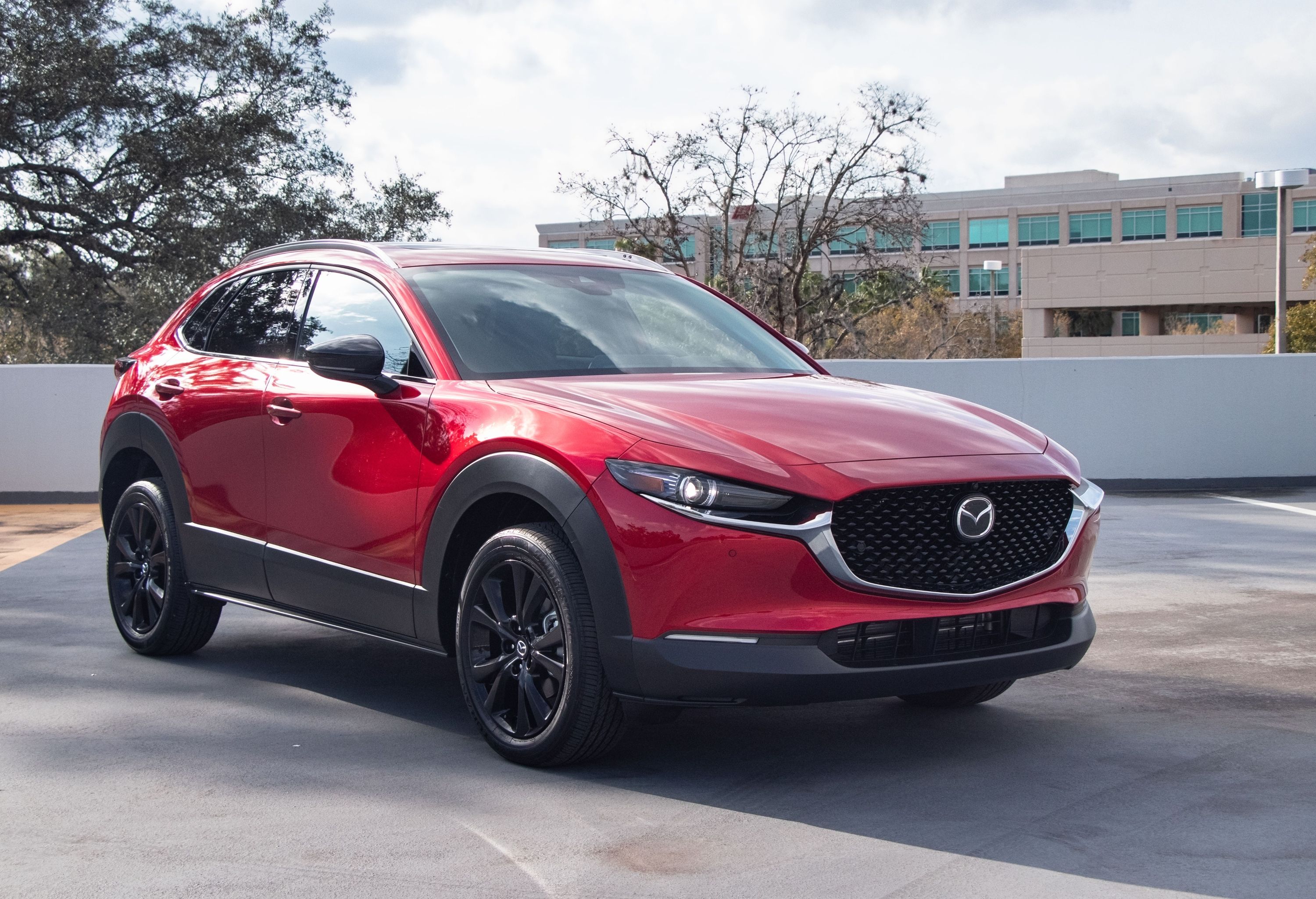
The global pandemic has crippled the auto industry over the last few months, but sales are slowly starting to improve for some manufacturers. Toyota, for example, is making a miraculous recovery, as the manufacturer's global sales recovered by 84 percent in June compared to the same period last year.
Now, Mazda has released its July 2020 US sales figures, which show signs of encouragement. Last month, Mazda shipped a total of 24,085 vehicles in the US - an increase of 3.4 percent compared to July 2019. It's a small increase, but an impressive achievement considering the challenge automakers are facing during the pandemic.
The sales boost is largely thanks to the introduction of the Mazda CX-30, which wasn't available in July 2019. With 3,787 vehicles sold, the Mazda CX-30's sales have reached an all-time high since the compact crossover was launched in November last year.
Another strong performer was the CX-9, which achieved its best July sales since 2011 with 2,335 vehicles sold, an increase of 9.4 percent compared to July 2019. Certified pre-owned Mazda sales also totaled 6,910 vehicles in July, an increase of 25 percent compared to July 2019. This is also Mazda's second-best all-time record for CPO sales.
Mazda's year-to-date sales, on the other hand, totaled 152,954 vehicles, representing a decrease of 5.5 percent compared to the same time last year. As for other models, Mazda sold 3,231 units of the Mazda 3 in the US, down from 3,651 in July 2019, which is an 11.5 percent drop. US Sales of the Mazda 6 were down by 19.2 percent compared to July 2019, with 1,199 units sold.
959 units of the Mazda CX-3 were sold in the US in July 2020, down from 1,523 last July, which is a 37 percent drop. The Mazda CX-5 sold 11,878 units in July 2020, down from 13,391 the same month last year, while the MX-5 Miata was the worst-selling car in July 2020 with 696 units sold, a sharp decline of 37.2 percent compared to July 2019, followed by the CX-3 with 959 units sold in the US in July 2020, which is 37 percent less than July 2019.
